Summary
- Jujutsu Kaisen weaves real-world mythology & folklore into its narrative, adding depth & nuance.
- The character Ryomen Sukuna draws inspiration from Japan’s Nihon Shoki & wields symbolism from Buddhism.
- Sukuna’s connection to Buddhism is evident in his techniques, domain, & historical significance in Japan.
The world of Jujutsu Kaisen is laced with hidden nuances and references that can be traced back to various mythologies, which adds a touch of profundity to the entire narrative. While some references are more obvious and overt, others are a bit more subtle and hard to pin down. Ryomen Sukuna, arguably one of the most iconic anime villains of all time, is another example of how author Gege has drawn influence from real-world mythos and folklore.
While Ryomen Sukuna is a Heian-era demon in the Jujutsu Kaisen universe, his actual real-world influence is drawn from an entirely different place. While there are multiple theories that link to Sukuna’s true inspiration, some are more concrete than others, painting the true picture of Ryomen Sukuna’s real-world mythology.
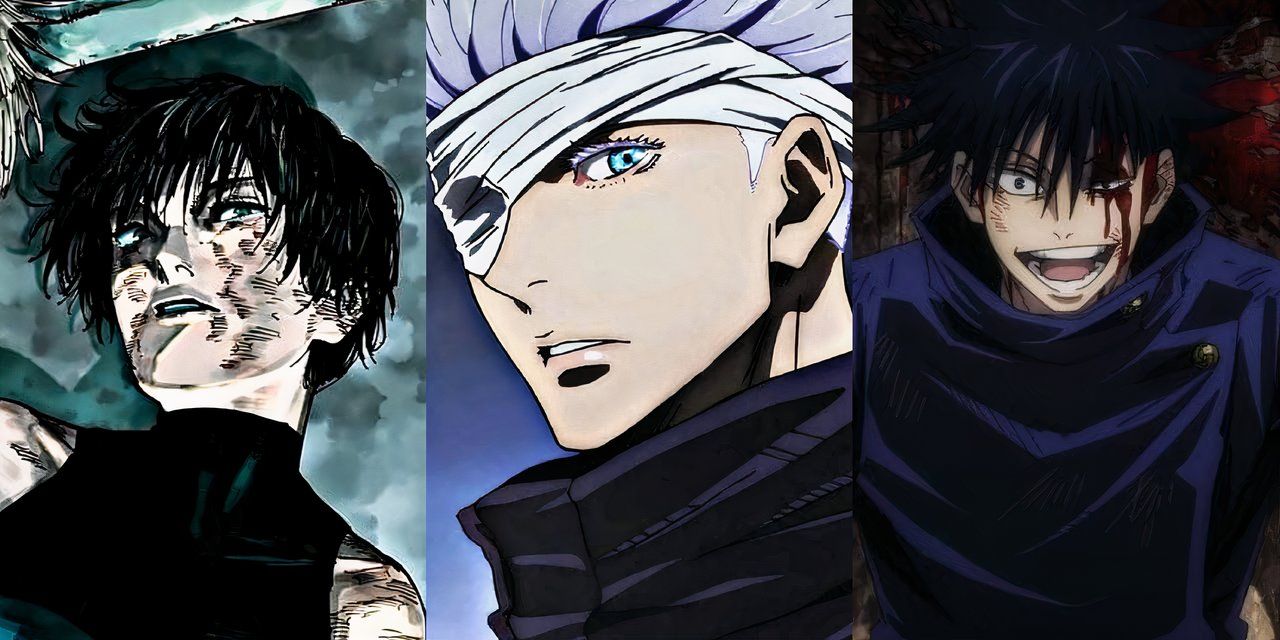
Related
Jujutsu Kaisen: The Fate Of The Big 3 Clans At The End Of JJK
The Big 3 families were major in JJK. Here’s their fate since the end of the story.
How Jujutsu Kaisen Uses Real-World Mythology
The Series Incorporates Various Mythos
Jujutsu Kaisen has a subtle way of integrating real-world mythology and folklore into its narrative, adding all sorts of nuance and depth. However, most of these references are rather subtle and hard to decipher. A few obvious examples of Jujutsu Kaisen’s use of folklore and mythology is the hordes of cursed spirits that roam the world of Jujutsu Kaisen. From low-level cursed spirits to high-grade entities, most of these cursed spirits are based on the Yokai, which are spirits and demons in Japan’s traditional folklore.
Another example of Jujutsu Kaisen’s usage of mythology is the Maharaga, one of the strongest entities in the series, second only to Sukuna himself. The Maharaga is based on various concepts of Buddhism and Hinduism, which align with its Dharma Wheel and adaptation techniques. Apart from the creatures and demons that run rampant in Jujutsu Kaisen, a few other elements have also been taken from Eastern mythology.
The hand signs and symbols used right before casting curse techniques and domain expansions are also noted to be influenced by Buddhist Mudras, which are a type of hand sign that are used to focus energy throughout the body. Sukuna falls under a similar category in this show, as his mythological roots are somewhere within Japan’s own folklore and history.
Ryomen Sukuna’s Mythological Roots
Sukuna’s Mythology Can be Traced Back to Nihon Shoki
Interestingly, Ryomen Sukuna is considered a mythological being in the world of Jujutsu Kaisen itself, as he is known as a demon that reigned over Japan in the Heian era. However, this depiction of Sukuna’s mythology is entirely fictional and confined to Jujutsu Kaisen’s universe. While Sukuna may seem like an entirely fictional character, the King of Curses actually has a real-world connection, which can be traced back to Nihon Shoki, or the Chronicles of Japan, a collection of stories, folklore, and myths documented from the early eras of Japan.

Related
Jujutsu Kaisen: How The Gojo Clan Became The Strongest After The End Of JJK
The Gojo clan is the only one of the Big 3 families that stood the test of time in the JJK story. That is despite Gojo’s death.
According to the Nihon Shoki, a being that resembles Sukuna existed long ago. He was noted to bear two arms and two faces. Moreover, the entity was known to rebel against the tyrannical rulers, along with leaving a trail of blood and death wherever he went. This documentation is quite similar to Sukuna’s role in Jujutsu Kaisen, as he takes on a malicious role and leaves death and destruction in his path. Moreover, he has also been noted to fight against the Jujutsu Sorcerer’s higher-ups, who are known to be tyrannical and corrupt. Ryomen Sukuna’s name itself is a hint to the character from Nihon Shoki. Ryomen directly translates to two-faced or double-sided, which hints at Sukuna’s extra appendages and two faces.
Ryomen Sukuna is an imaginary fierce god with four arms and two faces, but he once existed as an actual human being. Although, it was over a thousand years ago.
The Symbolism Behind Ryomen Sukuna
Sukuna’s Techniques and Character Represent Some Parts of Buddhism
The symbolism behind Sukuna doesn’t quite end with its initial description in Nihon Shoki, as not all records claim this entity to have malicious intent. Some records state that the being known as Sukuna spread Buddhism in some of Japan’s regions, and he was also a benevolent being that brought people prosperity. The Hida region of Japan, in particular, became one of the earliest hubs of Buddhism due to “Sukuna.” However, this conflicting status of the character of Nihon Shoki makes Sukuna’s true influence quite obscure in Jujutsu Kaisen.
Sukuna has also been noted to use a Buddhist Mudra, the Enma palm sign, to use his domain expansion, Malevolent shrine. The Enma palm sign is a two-handed mudra that references the god of death in Buddhism. Moreover, the shrine that is witnessed in Sukuna’s domain clearly resembles the Tamamushi shrine of the Horyuji temple in Nara. The shrine is of great significance for Buddhism in Japan, as it is a holy site for followers of the religion. This directly links Sukuna’s existence to the Buddhist religion, which aligns with his counterpart’s role in Nihon Shoki, or the Chronicles of Japan.
Jujutsu Kaisen is available to stream on Crunchyroll.
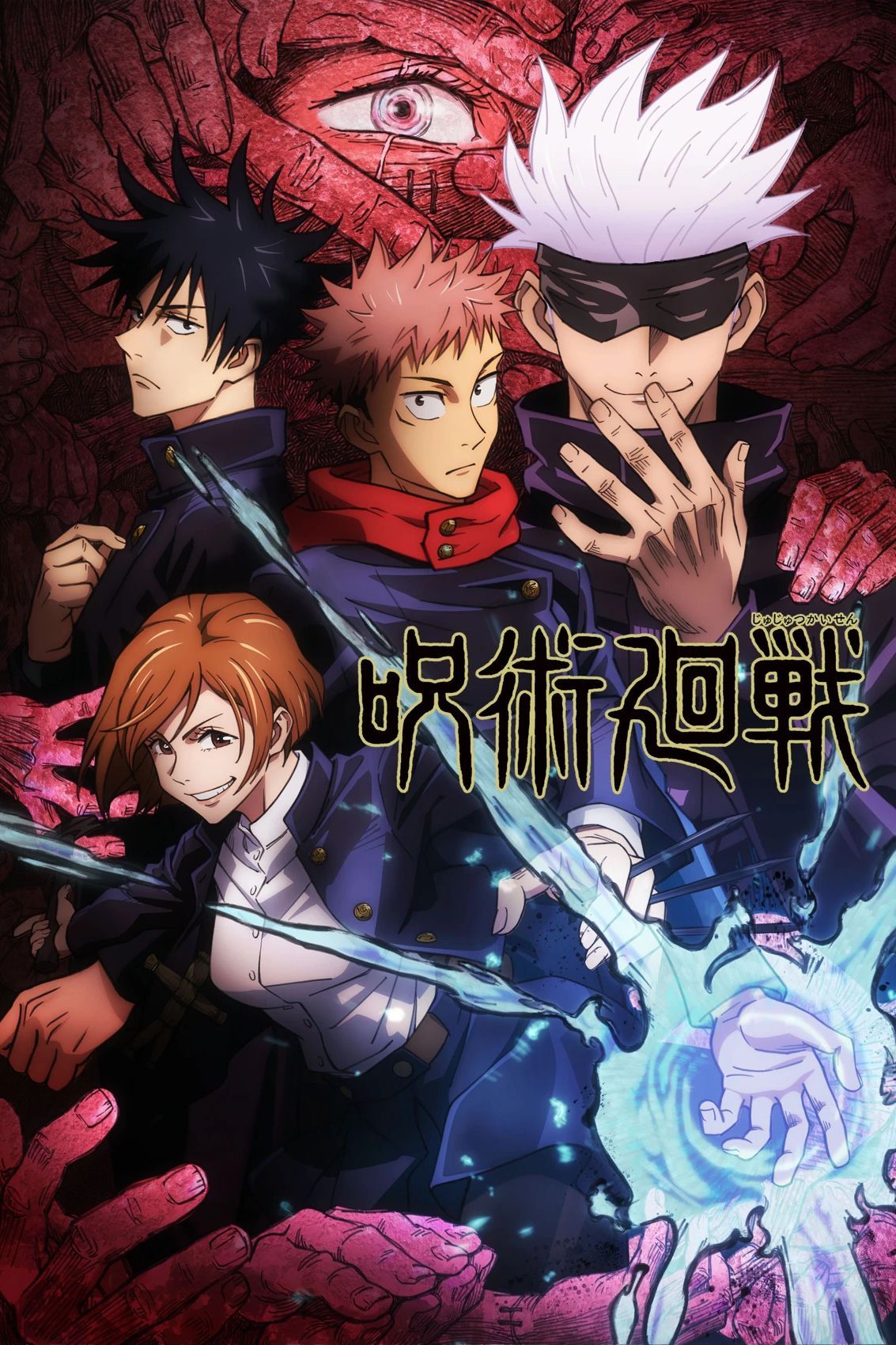
Jujutsu Kaisen
- Studio
-
MAPPA
- Based On
-
Manga
- Creator
-
Gege Akutami
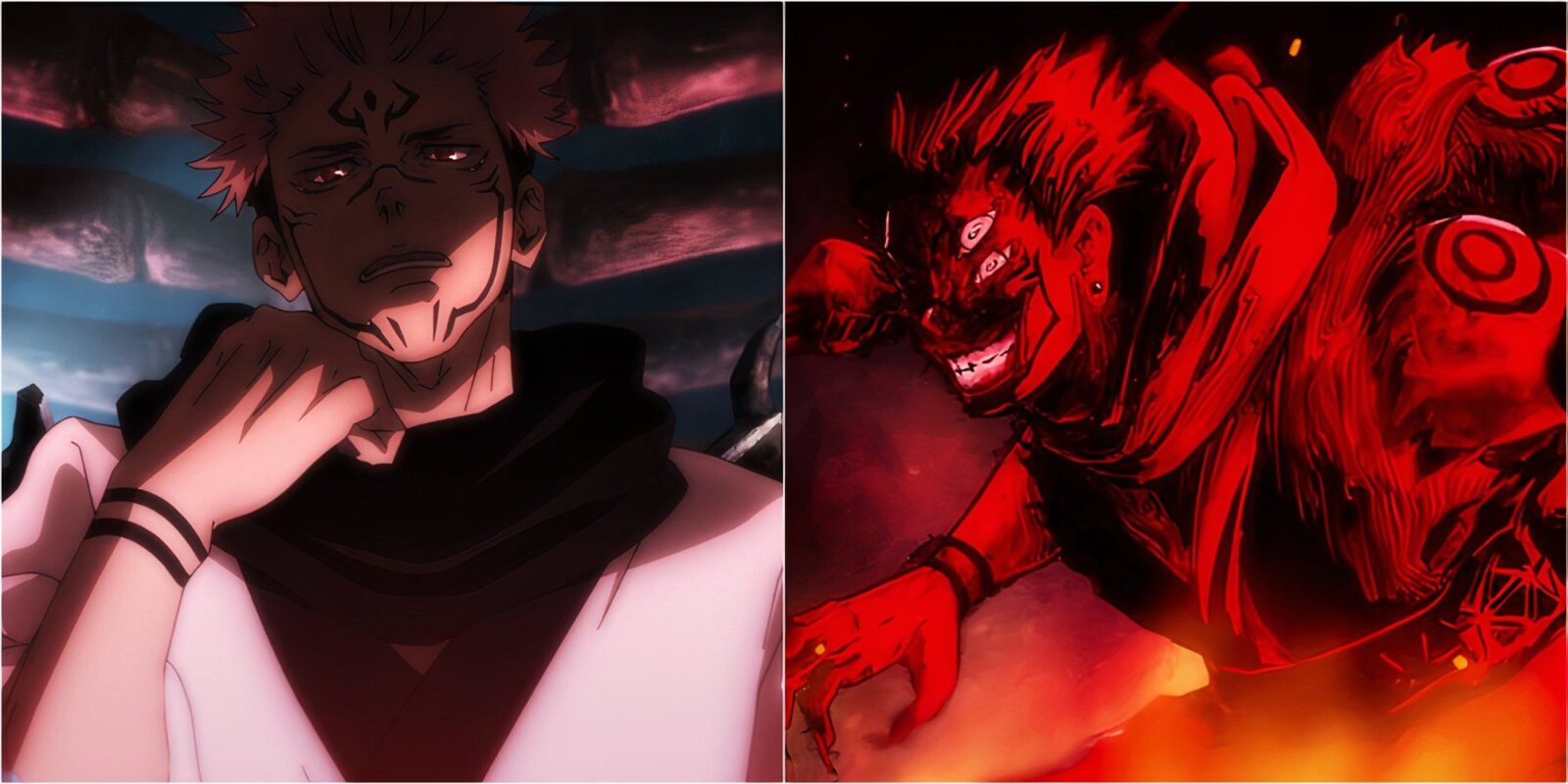


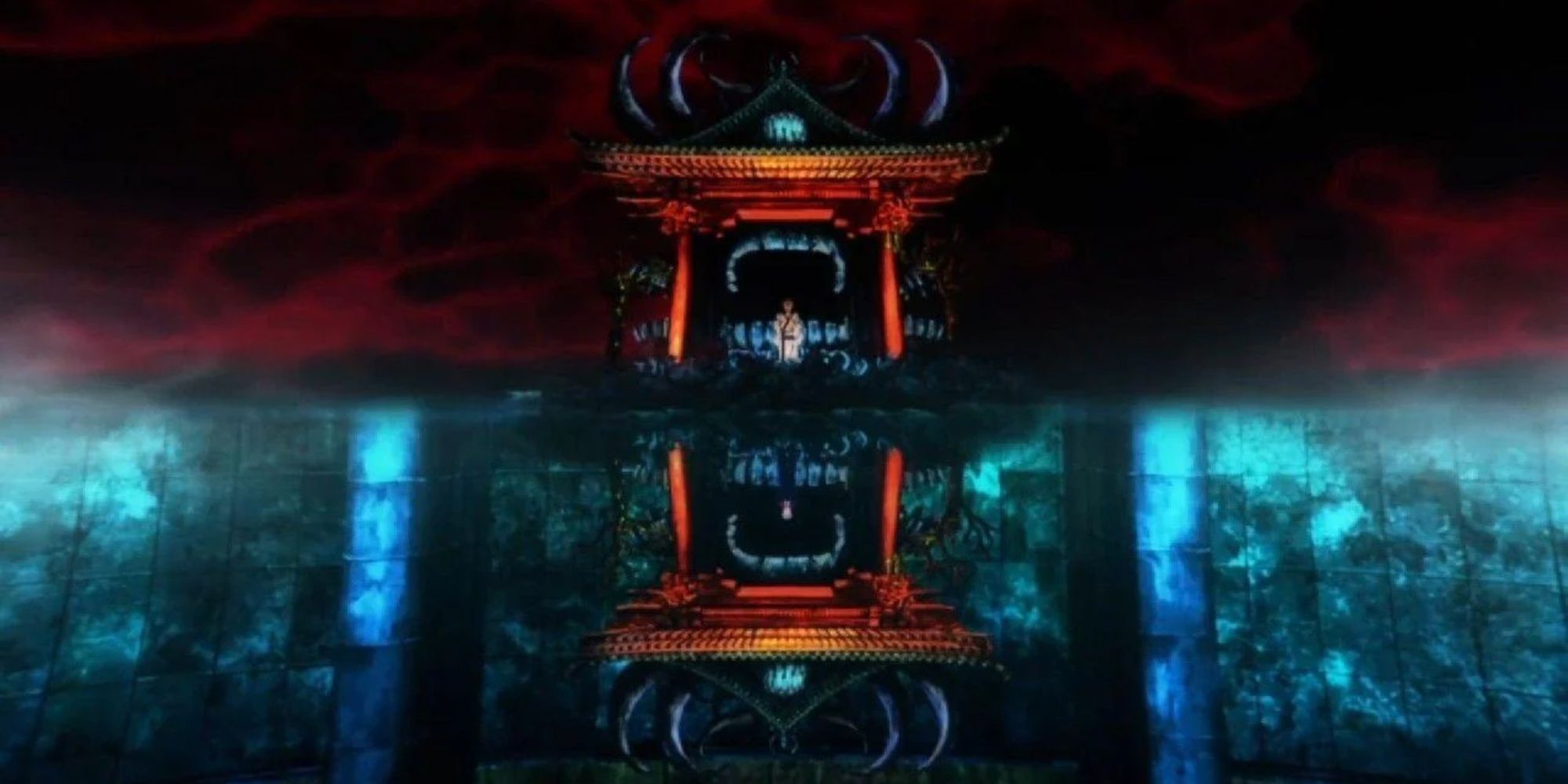

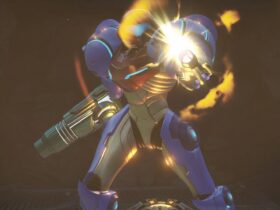



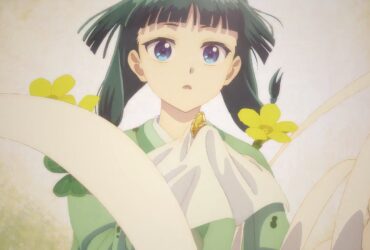
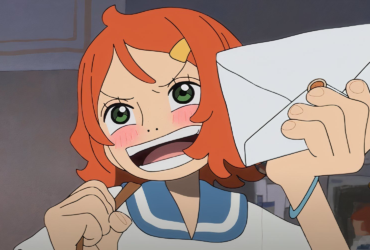

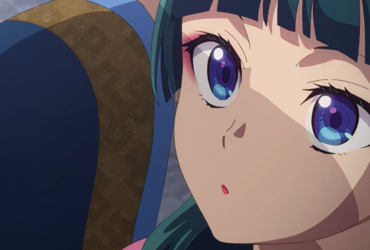
Leave a Reply